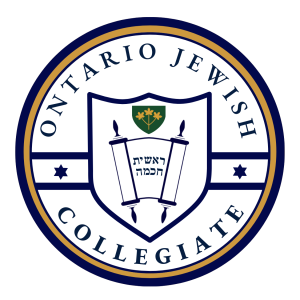It’s day school tuition season. Across North America, Jewish day school budget committees and boards are reviewing budgets, fine-tuning enrolment projections, and negotiating contracts to arrive at tuition costs for the 2016-17 academic year. It’s always been a gruelling process, but in today’s day school environment, it’s that much more difficult, and that much more pressure lands on the shoulders of these volunteers.
For more than a decade, school tuition has risen at a pace exceeding increases in inflation or median household income. These increases have resulted in day school tuition taking up an increasing portion of the average family’s disposable income.
READ: IF THE PRICE FOR JEWISH DAY SCHOOL WERE LOWER, WOULD THEY COME?
Middle income families – who live just above the threshold for traditional tuition assistance, but struggle to afford the full cost of day school – have been impacted most by these increases. Indeed, we’ve begun to see a barbell effect in day school enrolment – high market penetration among lower-income families who qualify for and receive tuition assistance, lower market penetration among middle-income families who struggle to afford tuition, and high market penetration among high-income families who can pay full tuition.
In budget committees and around board tables, there are two pressing issues. First, how can we mitigate increases in tuition, reducing annual tuition increases to a point where we can look toward a more stable future? Doing so is critical to the long-term viability of Jewish day schools. If we do not dramatically cut these increases today, the compounded impact in years to come will cripple the day school system – a trend that is already emerging.
Second, how can we make day school affordable for middle-income families? Three years ago, when writing the Greenbook on Day School Affordability and Sustainability for the Avi Chai Foundation and Jewish Funders Network, there was a smattering of middle income programs at schools across North America. As one case in point, at the time, there were fewer than half a dozen schools with iCap programs – programs that cap tuition at a proportion of household income.
In the summer of 2015, when UJA Federation of Greater Toronto’s Koschitzky Centre for Jewish Education completed a survey of day school pricing models (which can be found on our website at www.cjetoronto.com), we found an astounding range of middle income programs at schools across North America, including more than two dozen schools utilizing iCap.
In Toronto, the Leo Baeck Day School launched Aleph Baeck, a program offering middle income families grants to make it easier to afford tuition. Similarly, Robbins Hebrew Academy, with support from UJA Federation and the Avi Chai Foundation, was one of the first schools to mount an iCap program. In Montreal, the Generations Fund provides subsidies and tuition freezes for middle income families.
Each of these programs has been an audacious pilot, testing the waters and learning what works. Making day school affordable for middle income families is essential to ending the barbell effect, ensuring economic diversity among the student body and securing the long-term sustainability of our schools.
READ: TORONTO JEWISH DAY SCHOOL TO SPONSOR REFUGEES
I don’t envy those who sit on school budget committees and boards. In the coming weeks, we’re sure to hear stories of the difficult deliberations that take place around their tables, stories that are true reflections of the seriousness with which they treat their difficult task. At the same time, we will hear the frustrations of parents, who, once again, will be asked to shoulder an increase in tuition that has not been matched by increases in their paycheques.
If I could offer both committees and parents one piece of unsolicited advice, it’s the Einstein quote hanging on the wall of my office: “We cannot solve our problems using the same thinking we used when we created them.” Cutting costs, middle income interventions and other new forms of thinking are required to solve today’s problems.






